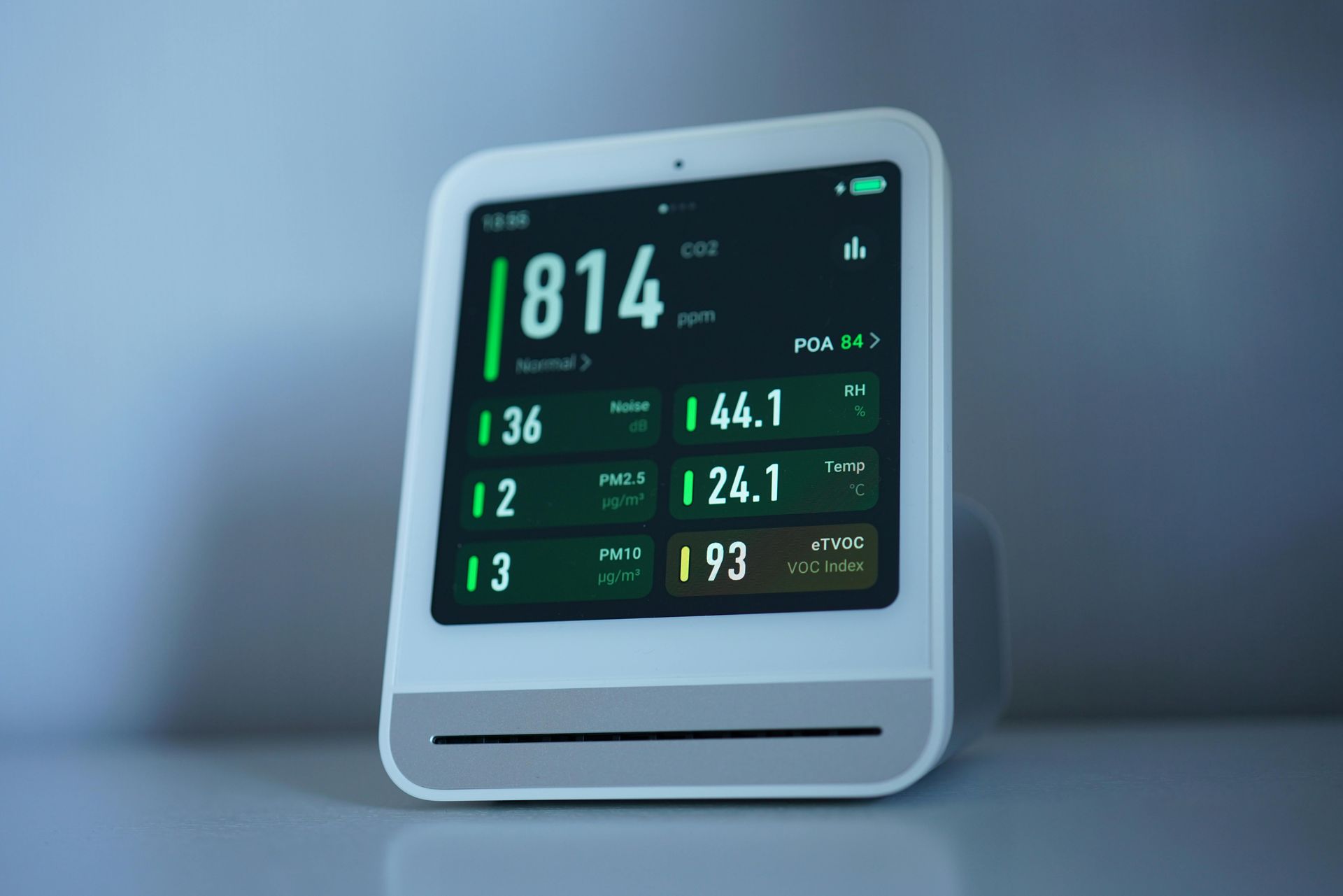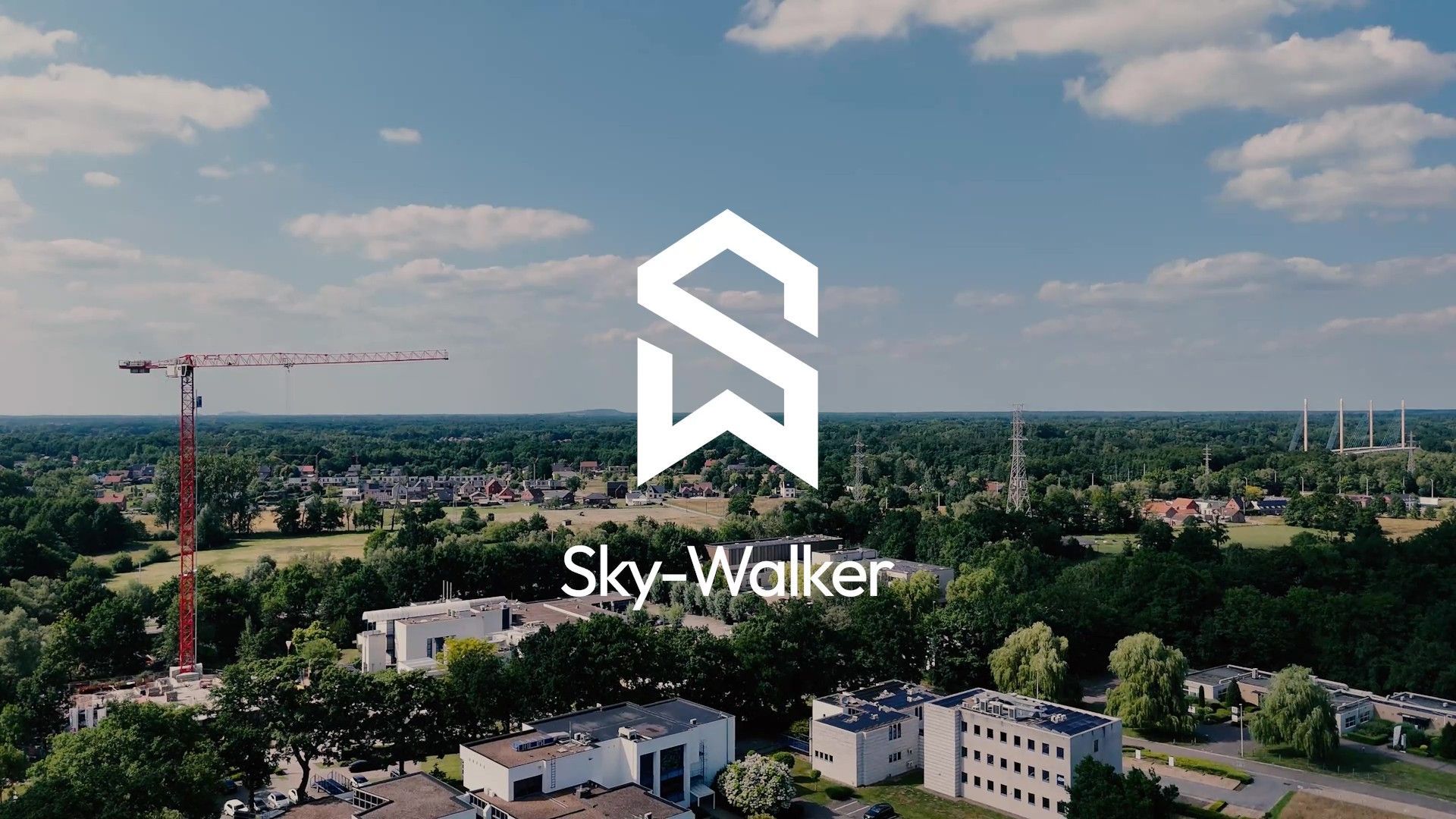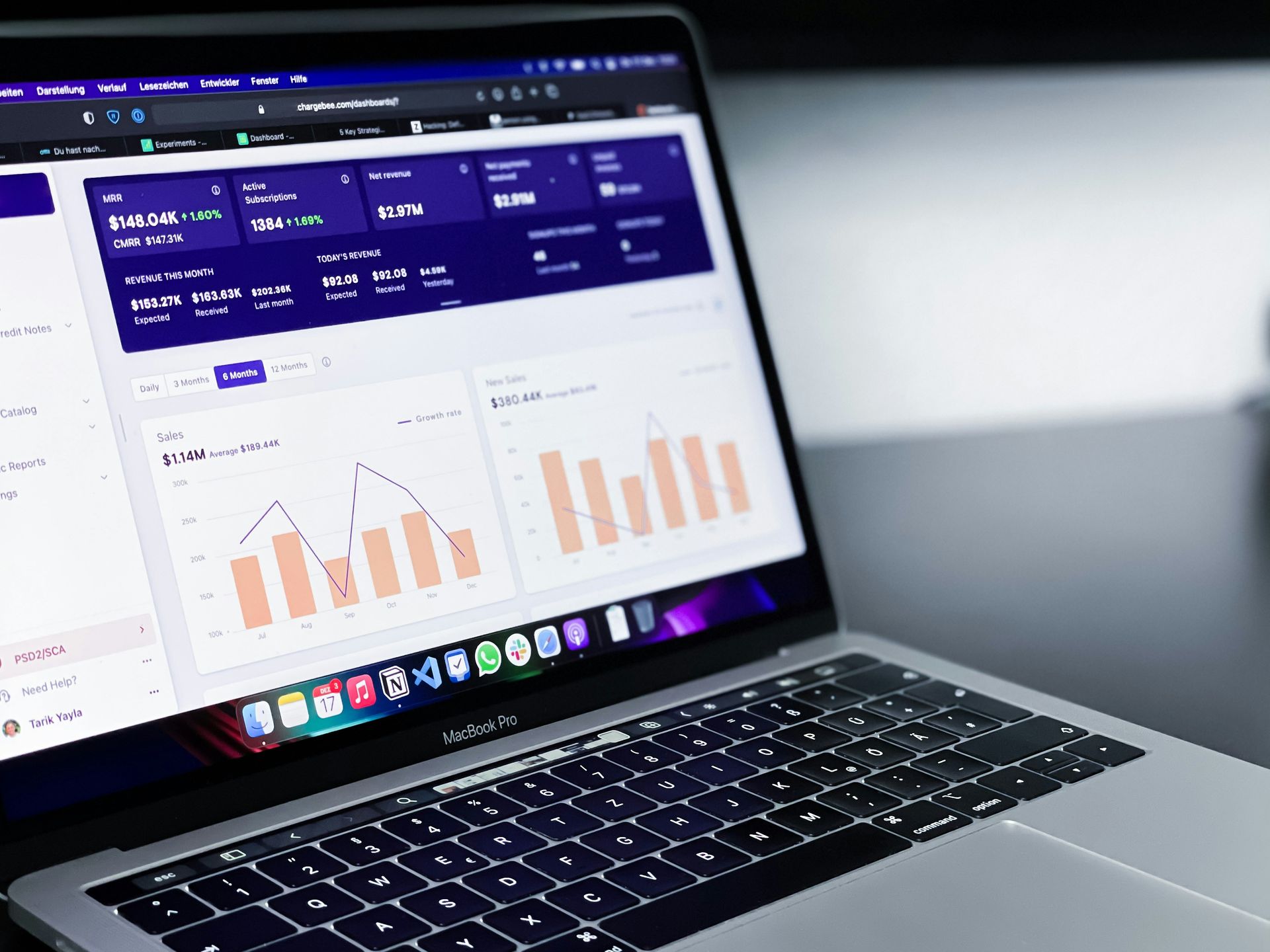The ecological transition for the industrial sector
Introduction
In just a few years, the ecological transition has become a new way of looking at the environment. The goal is to protect the planet to the best of our ability, and this applies to all types of industries.
Industrial players will have to address various challenges in terms of ecological transition while also ensuring effective safety and security.
What is ecological transition?
Ecological transition is a concept or model of sustainable development that involves replacing traditional energy sources with cleaner, "greener" energies such as green electricity or biomethane gas, with the aim of optimizing energy consumption for the environment. Several energy sources are favored in the context of the energy transition:
> Hydroelectric
> Solar
> Thermal
> Wind
> Tidal
What are the challenges most industrial companies are facing?
Within their infrastructures, industrial companies face several challenges in terms of ecological transition:
- Consume less energy on a daily basis to improve energy efficiency.
- Utilize less fossil fuels to reduce CO2 emissions.
- Reduce the quantity of harmful particles to optimize air pollution.
Which systems are most affected during this transition?
A multitude of equipment is affected by ecological transition. This includes photovoltaic panels, wind turbines, hydropower dams, and everyday equipment such as light bulbs and water heaters.
The systems affected by ecological transition include electrical systems, energy systems, and HVAC (heating, ventilation, and air conditioning) systems.
Sky-Walker PSIM: The #1 solution for ecological transition
All industrial companies are facing a major new challenge: transitioning to ecological sustainability while optimizing the safety and comfort of their facilities. Indeed, industrial facilities have complex equipment and systems that can be managed through PSIM software, providing real advantages!
The use of PSIM software allows an industrial company to manage and monitor its electricity and water consumption, control air quality, and connect all security and safety systems such as video surveillance, access control, and fire safety.
As you may have understood, PSIM is here to help you integrate all your systems and equipment within a single software platform. Whether you have a central facility, multiple factories, or warehouses, you can also integrate all your energy sources with just a few clicks.
If you opt for green electricity (produced from renewable energy sources) within your facilities, you can monitor real-time energy consumption and perform preventive maintenance in case of overconsumption to reduce daily consumption. Additionally, you can have a dashboard that shows your electricity consumption within your facilities.
If you operate a central facility with a large number of wind turbines, you can monitor energy production and consumption on the PSIM platform, where all consumption data is centralized.
If you have multiple facilities, you can connect all your systems within the platform and combine these systems with your equipment. For example, if you want to monitor your wind turbines, you can install cameras and view your turbines in real-time in case of an incident.
Are you interested to learn more about the Building Management Solutions Sky-Walker offers? Schedule your personalized demo below!
Always stay one step ahead with Entelec's Sky-Walker Monthly Newsletter. From expert insights to market trends and product updates, every month an issue appears in your inbox. Subscribe now and never miss a beat in the world of PSIM!







 Download Product Ebook
Download Product Ebook View all our solutions
View all our solutions Sky-Walker Architecture
Sky-Walker Architecture View all our integrations
View all our integrations Book Protocol workshop
Book Protocol workshop Our Company
Our Company Contact Us
Contact Us View All Our Case Studies
View All Our Case Studies Become a PSIM Partner
Become a PSIM Partner Become a Sky-Walker PSIM partner today!
Become a Sky-Walker PSIM partner today! English
English Français
Français Nederlands
Nederlands








